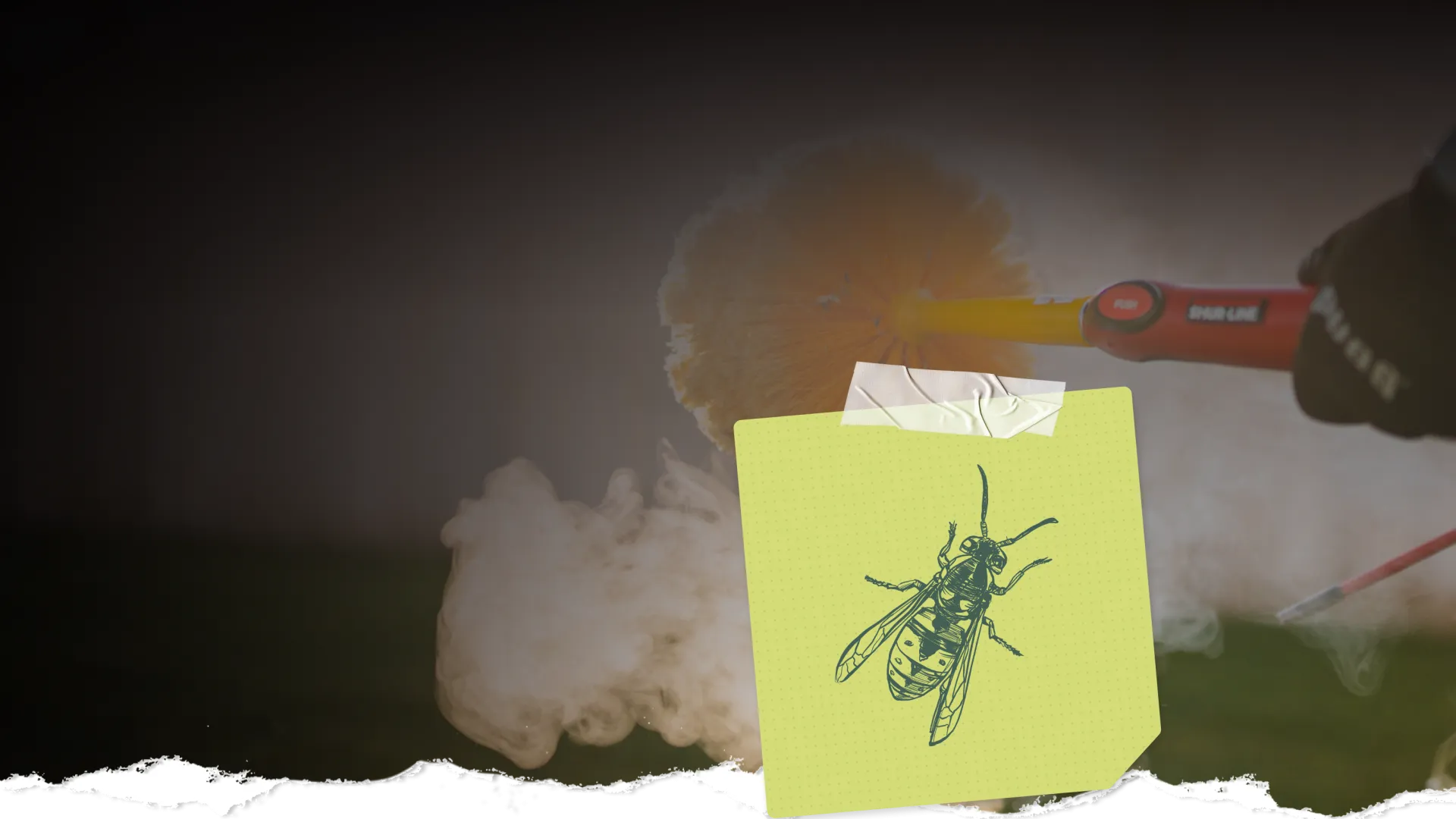
The Ultimate Guide to Identification, Prevention, and Elimination
Yellow Jackets
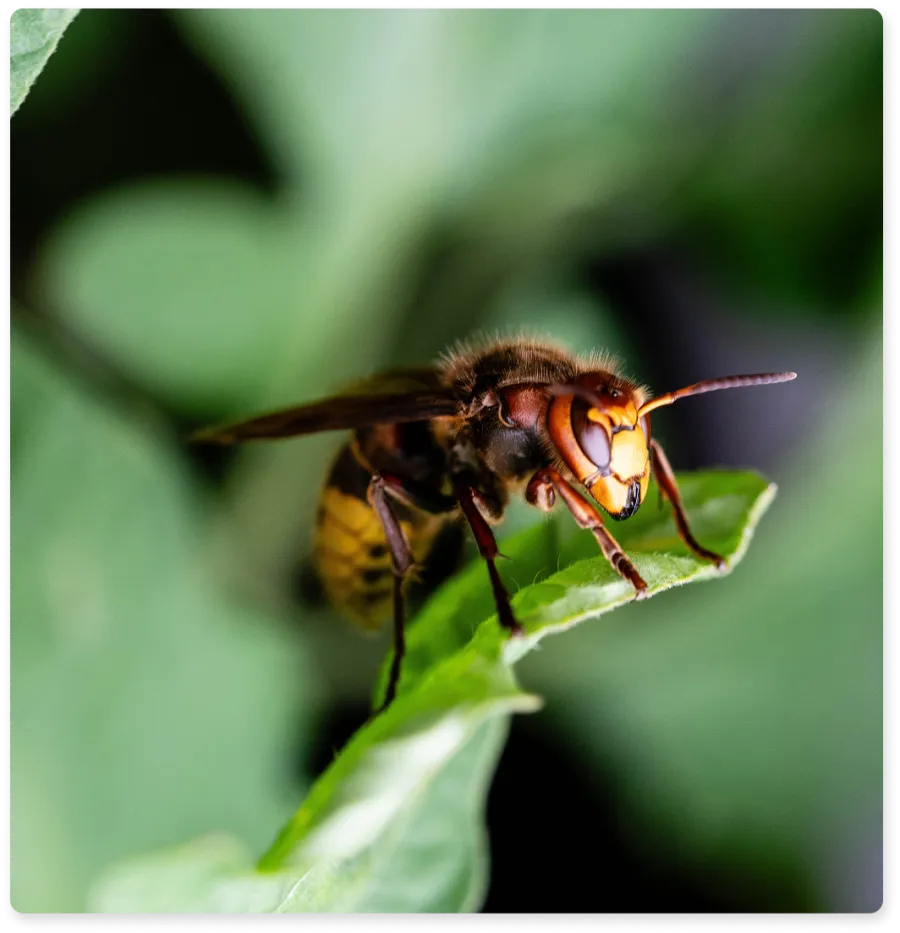
What Are Aerial Nesting Yellow Jackets?
Annoying buzzing. Black and yellow stripes. You've guessed it! Today, we're talking about yellow jackets: the uninvited guests that crash your backyard barbecues and summer picnics, the nuisances that commandeer your porch, and the pests that make you feel like an intruder in your own yard.
Aerial-nesting yellowjackets are the high-rise builders of the stinging insect world. These critters prefer to view the world from above. Here's everything you need to know about spotting, avoiding, and eliminating these aerial invaders.
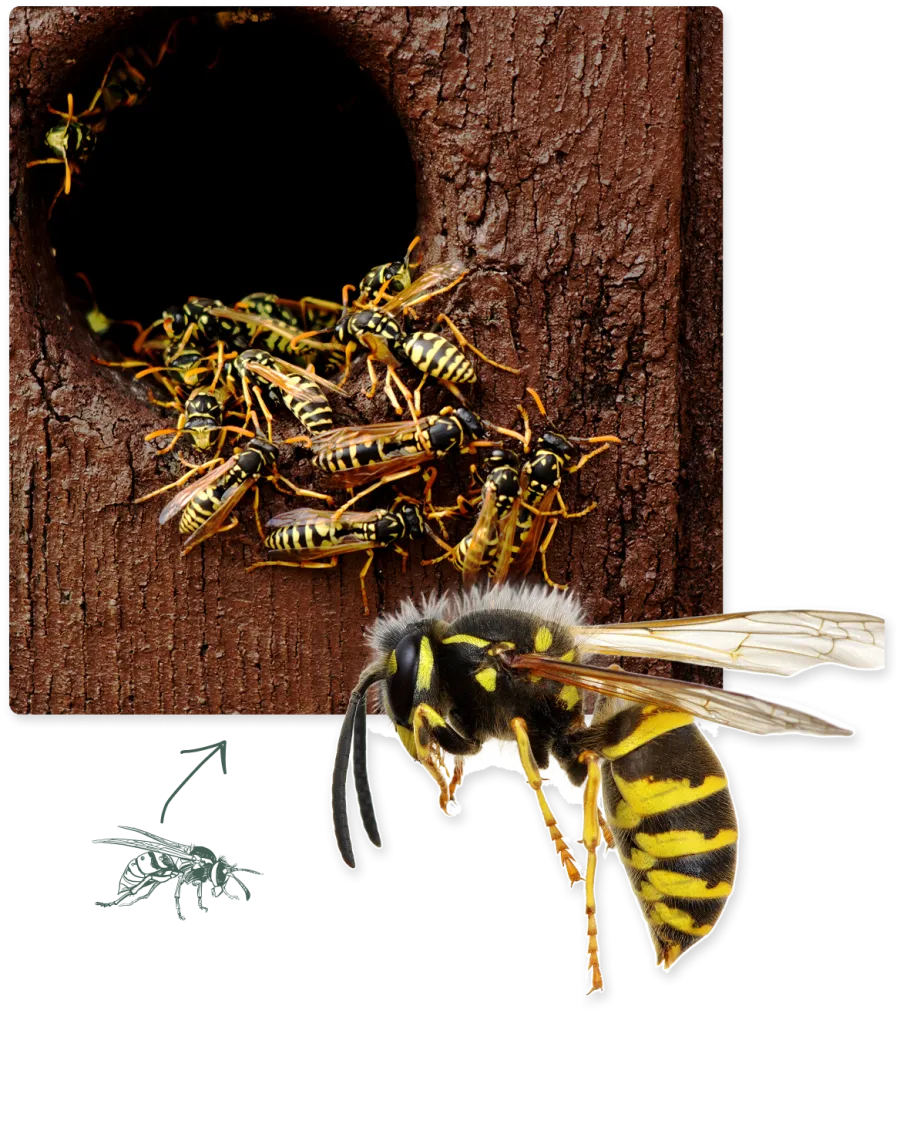
Identification: What Do Aerial Nesting Yellow Jackets Look Like?
These stingers are often mistaken for bees, but their looks and habits set them apart:
Color: Bright yellow and black striped bodies, sleek and shiny (no fuzzy coats like bees).
Size: Roughly ½ to ¾ of an inch long.
Nests: Papery, ball-shaped structures often found hanging from trees, roof eaves, attics, or sheds.
Behavior: Highly social with colonies that can number in the thousands—and they aggressively defend their nests.
Aerial Nesting Yellow Jacket FAQs
Where do aerial nesting yellow jackets usually build their nests?
You'll find their papery, ball-shaped nests hanging from trees, roof eaves, porches, attics, sheds, and other above-ground structures.
Are yellow jackets aggressive?
Yes. They're highly territorial and will defend their nests aggressively, stinging multiple times if they feel threatened.
Can yellow jackets sting more than once?
Unlike bees, yellow jackets don't lose their stinger. That means they can sting you repeatedly—and so can hundreds of their friends if you get too close to the nest.
Do yellow jackets die off in winter?
Colonies usually die when cold weather hits, but fertilized queens survive and start new nests the following spring.
What are Yellow Jackets' Food Choices?
Aerial nesting yellow jackets aren't picky eaters. Their diet includes:
Protein: Caterpillars, flies, and other insects.
Sweets: Soda, fruit, and nectar are all irresistible to them.
Your Picnic: From hamburgers to sugary drinks, human food is prime foraging material.
What Are The Dangers of Aerial Nesting Yellow Jackets?
While these wasps play a role in controlling other pests, the risks far outweigh the benefits when they set up camp near humans:
Painful Stings: Unlike bees, yellow jackets can sting multiple times.
Allergic Reactions: Stings can cause severe allergic responses, including anaphylaxis.
Aggressive Defenders: They don't wait to feel provoked—getting too close to their nest is enough for an attack.
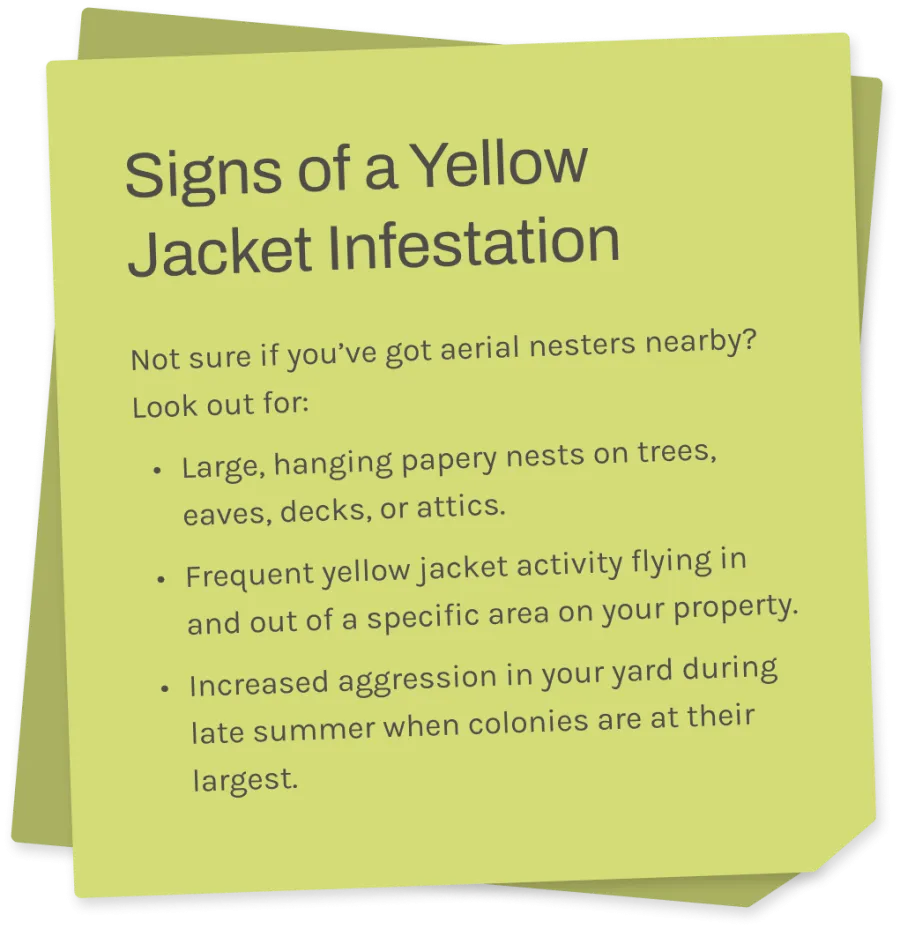
Signs of a Yellow Jacket Infestation & Why DIY Isn't The Answer
Not sure if you've got aerial nesters nearby? Look out for:
Large, hanging papery nests on trees, eaves, decks, or attics.
Frequent yellow jacket activity flying in and out of a specific area on your property.
Increased aggression in your yard during late summer when colonies are at their largest.
Trying to tackle aerial-nesting yellowjackets on your own is a recipe for stings. Here's why:
High Risk: Nests can house thousands of wasps that will swarm if disturbed.
Limited Reach: Store-bought sprays may kill a few, but rarely wipe out the entire colony.
Repeat Problems: Even if you knock down one nest, yellow jackets can quickly rebuild nearby.
.

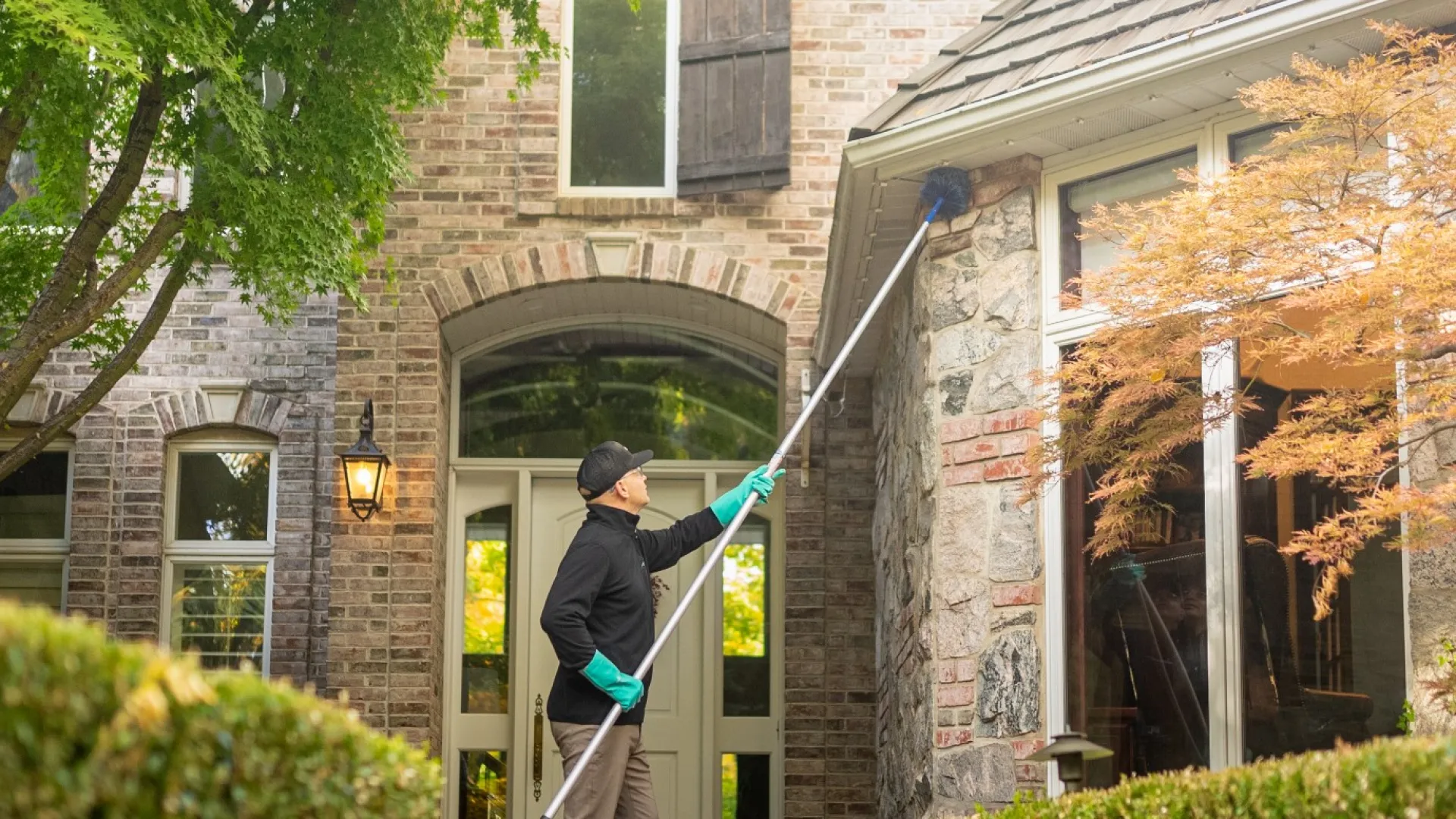
Take Back Your Peace of mind
Trust the Pest Nerds, That’s Us.
Have questions about getting rid of pesky nuisance pests? Want to get an appointment scheduled for fast service? Please give us a call here or contact us for your free quote.
